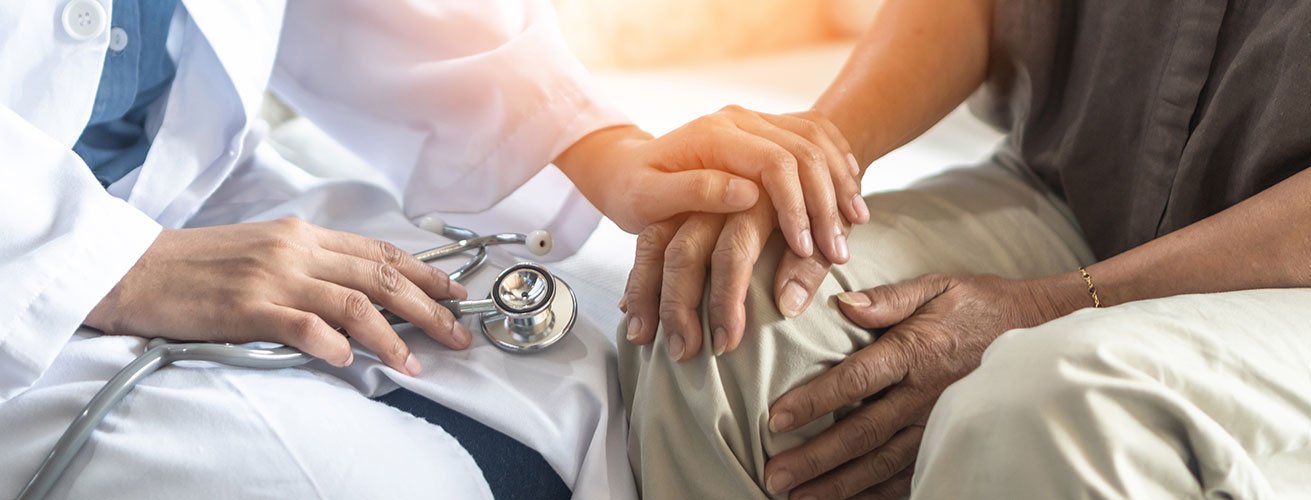Parkinson’s Disease is a disorder of the central nervous system, and affects nearly 1 million Indians every year. It is a disease that is marked with age and can be treated but not cured. Parkinson’s patients gradually lose motor skills that hamper movement. Moreover, PARKINSON’S DISEASE patients experience lack of dopamine secretion that leads to other issues.
While there is no known cure for the disease yet, there are several Parkinson’s treatment options available that can help manage the disease, depending on what stage of the disease the patient is at. In order to find the best Parkinson’s treatment, it is advisable that the patient consult a specialist, in order to understand what treatment will work best for them.
All Parkinson’s treatment begins with a set of basic tests that are conducted by a neurologist, this is a crucial step as symptoms for Parkinson’s Disease are personalized; there is no one symptom affects all scenario. Thus in order to understand what type of Parkinson’s one has is an imperative step before treatment solution.
After investigation, here is a list of the best treatment routes an individual can take, and they are as follows:
Parkinson’s Treatment Options:
Medicinal Or Drug Based Treatment
Drugs and medicines used to treat Parkinson’s work on a two pronged approach; firstly they help with the secretion of dopamine hormone and facilitates it’s spreading throughout the brain and body. It helps in stimulating the parts of the brain that have become “numb” due to the fall of dopamine levels. Secondly, medicines are given to treat the motor related issue that occurs in a patient due to Parkinson’s Disease. The drugs may help the individual manage their motor skills such as walking, hand movement, or tremors.
As one progresses in their treatment, the drug dosage may be increased or decreased based on the recommendations of the specialist and the patient’s response to the same. Some commonly recommended drugs are: Carbidopa-levodopa, Anticholinergics, COMT inhibitors, etc.
Surgical Treatment
The surgical route is another way for Parkinson’s treatment, and may be recommended by the specialist/neurologist depending on the stage of the disease.
Deep Brain Stimulation:
DBS is a neurosurgical procedure involving the placement of a small pacemaker sized device called a neuro-stimulator that is placed under the skin of the patient’s chest, and sends electrical impulses to the brain with the help of thin wires, in order to control movement. It is recommended for people who have PARKINSON’S DISEASE with motor fluctuations, those whose tremors aren’t controlled by medication, or to those who are intolerant to medication.
Therapy Based Treatment:
Physiotherapy:
Since Parkinson’s affects the motor skills of the patient, visiting and consulting with a physiotherapist can be a good option as he/she could help plan workouts to strengthen the body. Moreover, a physiotherapist can aid by providing coping strategies to tackle movement related problems and concerns. Going to a physiotherapist from the early stages of Parkinson’s disease can be more beneficial by prepping the body for further impairment.
Occupational Therapy Treatment:
An Occupational Therapist works with a PARKINSON’S DISEASE patient to adapt to their new way of life. They help the patient normalize their life despite the challenges they face, and help in making a difficult chore easier. They suggest coping tools and minor alterations so that the patient can continue living life on their terms, without PARKINSON’S DISEASE affecting their day to day lifestyle. Furthermore, an occupational therapist, may also help in communication, and provide community support.
Communication and Group Therapy:
This is a rather helpful treatment strategy, in the early stages of PARKINSON’S DISEASE as it encourages the individual to meet and interact with others going through similar experiences. Group therapy treatment is essentially finding a support group, where people come together and share. What this does is helps reduce the chances of drastic mood swings and behavioral changes that often are a byproduct of Parkinson’s disease.
Parkinson’s Treatment all in all focuses a lot on well-being of the individual. It promotes a healthy lifestyle that includes a few minor changes to live a full life. In order to find the best Parkinson’s Disease Treatment in India, one has to visit their medical practitioner to see which of the aforementioned treatment options suits the patient best.
This concludes a list of Five Common Facts and Myths about Parkinson’s Disease in India. Dealing with Parkinson’s Disease is much easier when you follow the adequate diet and health tips. Apart from the medication and therapies, personal care helps treat the symptoms and have a better lifestyle.
Disclaimer:
The above statements are for informational purposes only. Please take advice of a trained medical professional before acting on any of the above statements.


















